Exploring the GE Fanuc IC693CMM321 Ethernet Interface Module Introduction to the IC693CMM321 Ethernet Interface Module The GE Fanuc IC693CMM321 is an integral component of the Series 90-30 Programmable Logic Controller (PLC) platform, renowned for its robust capabilities in industrial automation. This Ethernet interface module serves as a bridge between the Series 90-30 baseplate and existing Ethernet networks, enabling efficient communication and connectivity within various automation systems. In this article, we’ll delve into the key features, specifications, and installation guidelines for the IC693CMM321, while addressing some common questions related to its use. Key Features of the IC693CMM321 The IC693CMM321 module is designed to facilitate seamless communication in industrial environments. Its primary features include: Direct Network Integration: The module allows for direct interfacing of the Series 90-30 PLC with an Ethernet network, supporting the implementation of distributed I/O systems. This capability is crucial for industries that require real-time data sharing and processing across multiple devices. Versatile Communication: The IC693CMM321 supports various communication protocols, including TCP/IP and UDP. This versatility enables it to interact with a wide range of devices, from remote stations to Human Machine Interfaces (HMIs) and Supervisory Control and Data Acquisition (SCADA) systems. Single-Slot Design: With its compact single-slot design, the module is easy to integrate into existing systems without requiring extensive modifications. It connects via an AAUI cable and an external transceiver, streamlining the installation process. Legacy System Compatibility: While the IC693CMM321 is considered obsolete, it remains a critical component in many legacy systems. Understanding its functionalities is essential for operators maintaining older installations. Technical Specifications For those looking to understand the technical specifications of the IC693CMM321, here’s a quick overview: Manufacturer: GE Fanuc Series: Series 90-30 Part Number: IC693CMM321 Product Type: Ethernet Interface Module Connection Accessories: Requires AAUI Cable and an external transceiver for network connectivity. Module Width: Single Slot Product Lifecycle Status: Discontinued/Obsolete These specifications highlight the module's essential functions and its role in integrating with Ethernet networks, ensuring efficient data transmission and communication. Installation and Configuration Installing and configuring the IC693CMM321 module is a straightforward process, provided that users follow the appropriate guidelines. Here’s a general overview of the steps involved: Pre-installation Preparation: Before installing the module, ensure that all necessary connection accessories, such as the AAUI cable and external transceiver, are available. Mounting the Module: Insert the IC693CMM321 module into a vacant slot on the Series 90-30 baseplate, ensuring it is secu...
Read More

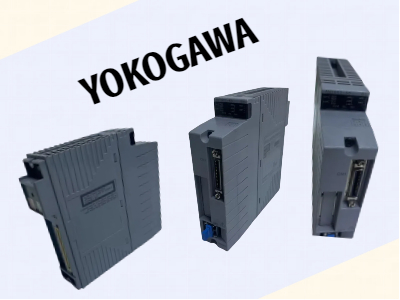
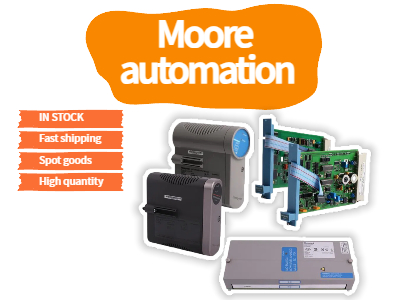
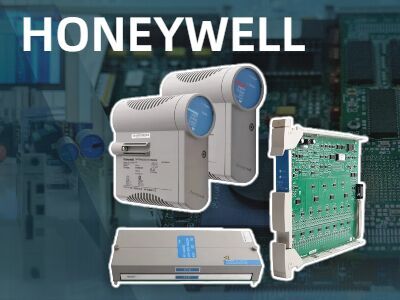

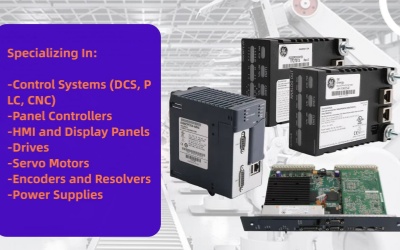
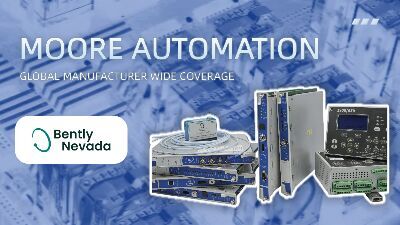
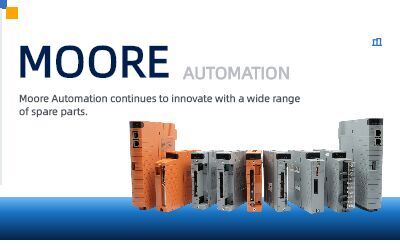
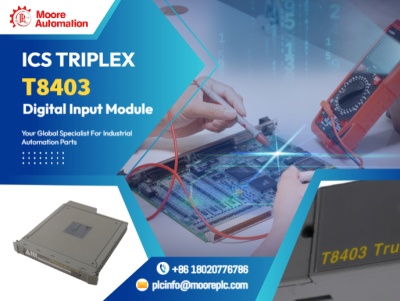

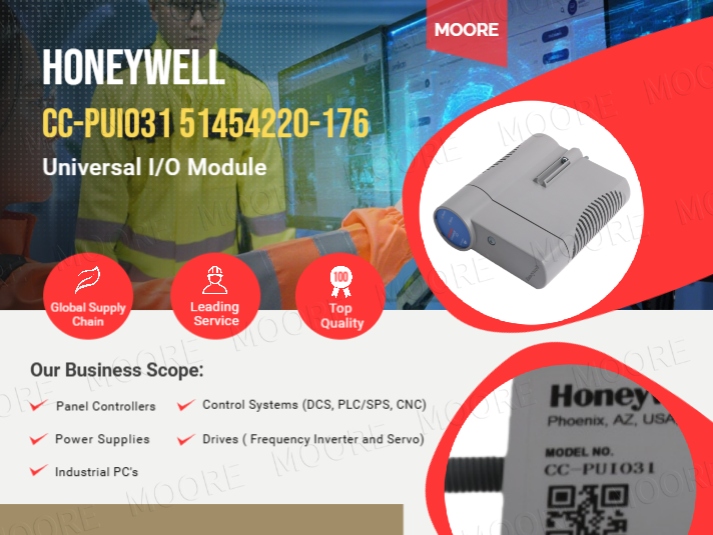
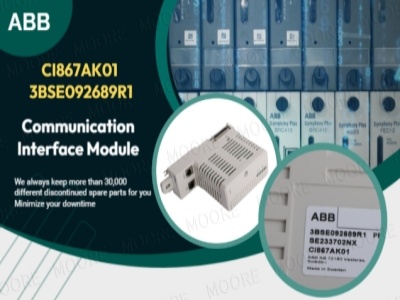
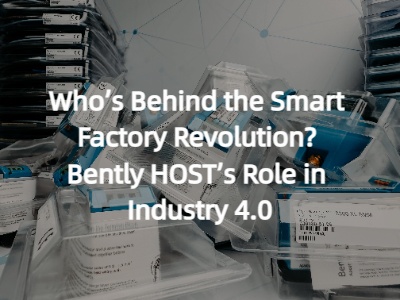











 IPv6 network supported
IPv6 network supported